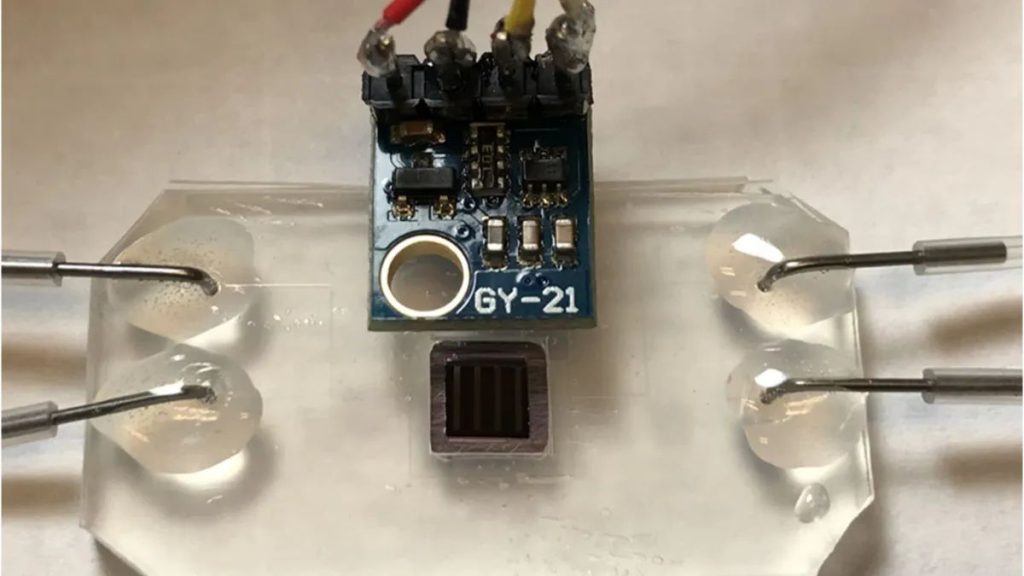
In light of the global pursuit of carbon neutrality by reducing reliance on fossil fuels, a new study has now shed fresh insight into accessing sugars trapped within plants, paving the way for petroleum-free fuels, chemicals, and medicines.
Cellulose, abundant in plant residues, poses a challenge due to its toughness. Specialized enzymes in certain organisms facilitate the breakdown of cellulose into essential sugars for microbial metabolism. Harnessing these microbes and their enzymes offers a sustainable solution for producing valuable compounds from otherwise discarded products.
According to the team of researchers from Lawrence Berkeley National Laboratory (Berkeley Lab), Lawrence Livermore National Laboratory (LLNL), and UC Davis, the innovation heralds a promising pathway towards a greener, more resilient future.
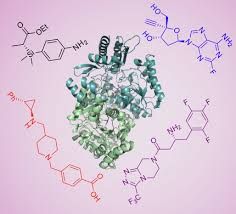
Cellulose breakdown and enzymes
Researchers at Berkeley Lab have developed an innovative experimental system to unravel the intricacies of cellulose breakdown by enzymes. Cellulose, composed of glucose molecules held together by covalent bonds, forms complex fibrils stabilized by hydrogen bonds. These bonds hinder enzyme access to covalent bonds, slowing cellulose-chopping.
To gain insight into this mechanism, Berkeley Lab scientists designed a device containing cellulose from green algae and enzymes derived from fungi. This setup facilitates real-time observation of structural changes in cellulose during enzymatic reactions.
The device, resembling a small disk, merges the cellulose and enzyme-containing fluids while exposed to infrared light from the Advanced Light Source (ALS). Detectors monitor spectral changes in the combined fluids, indicating chemical bonds or environmental alterations over time.
This research offers potential breakthroughs in biofuel, chemical, and pharmaceutical industries by providing a detailed understanding of the cellulose degradation process. According to researchers, it unveils new avenues for enhancing enzymatic efficiency, ultimately advancing sustainable production methods while reducing reliance on fossil fuels.
What is operando spectroscopy?
Using operando spectroscopy via Fourier transform infrared spectromicroscopy, researchers revealed that hydrogen bonds within cellulose fibrils impede enzyme activity. This method offers unprecedented control and observation of the sample environment during cellulose depolymerization, a previously challenging process to study.
The experimental system leverages the ALS‘ powerful infrared beam for real-time monitoring. Unlike previous setups, according to the team, this system features a partially open fluid-holding device, ensuring continuous access to the sample while maintaining optimal conditions for enzymatic reactions and data collection.
The team’s approach represents a significant advancement in understanding cellulose degradation mechanisms by capitalizing on the ALS’s exceptional brightness and innovative sample handling.
Scientists claim that the breakthrough has far-reaching implications for optimizing enzymatic processes in various industries, including biofuel and pharmaceutical production, thereby advancing sustainable solutions to global challenges.
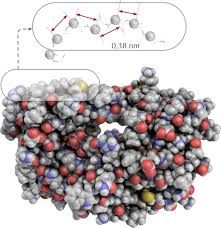
“These results serve as a key proof-of-concept for the technique, with the potential to enable a new generation of scientific discoveries – especially for researchers hoping to study and engage with physical and chemical properties of biological systems as they occur in their native environments and in real-time,” said Hoi-Ying Holman, who is a senior scientist in the Lab’s Biosciences Area and BSISB director, in a statement.
At LLNL, researchers intend to employ the same approach to investigate biomolecules present in soil, plant, and animal tissues, focusing on those relevant to biosecurity applications.
Concurrently, a team at UC Davis aims to develop techniques to enhance enzyme efficiency by accelerating the breakdown of hydrogen bonds. Their efforts target improving the cost-effectiveness of sustainable biomanufacturing processes.


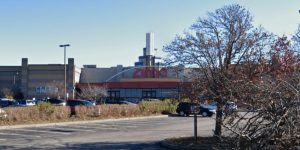








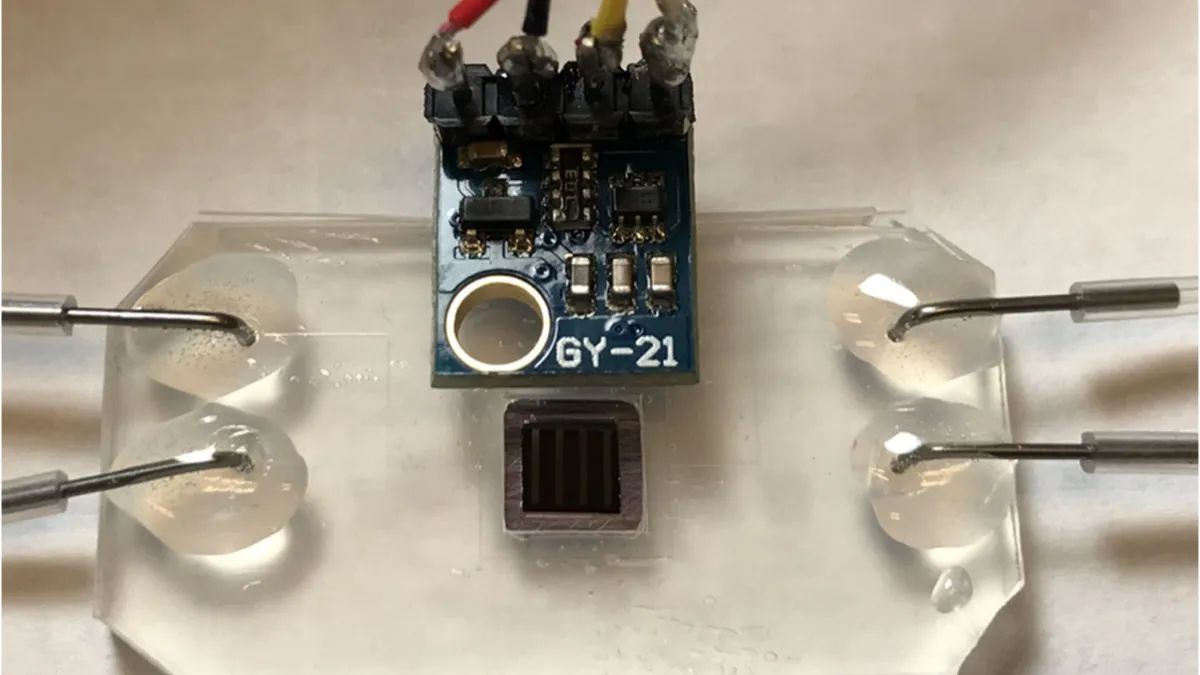
















+ There are no comments
Add yours